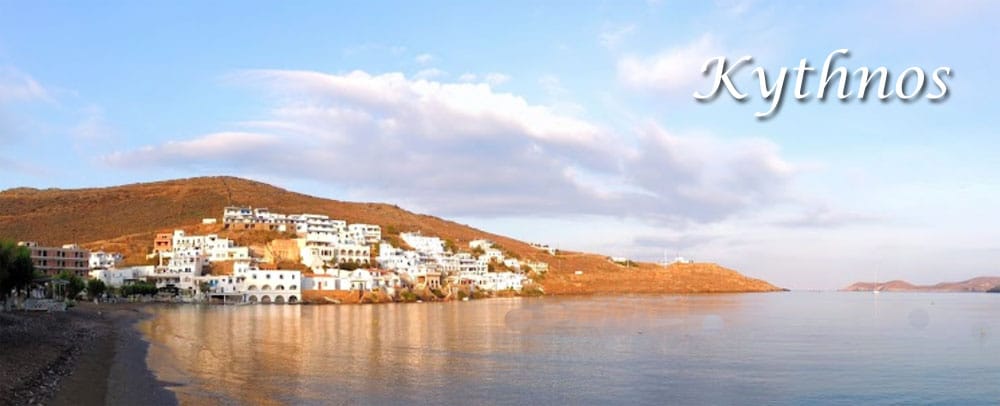History of Kythnos

According to mythology, Zeus is said to have watched the birth of Apollo from Kythnos, taking advantage of the island’s location, which was in the center of the Cyclades.
Recent excavations in the Maroulas area have brought to light findings that prove that the island was inhabited during the Mesolithic era, a fact which suggests that perhaps the earliest settlement of people in the Cyclades dates back here.
According to Herodotus, in the 13th century BC. the Dryopes come to the island, persecuted by the Dorians, erecting cyclopean walls and splendid temples. In the 8th century, the Iones came to the island, where they mixed with the Dryopes. The Ionian colony particularly flourished on the island, due to its involvement in trade and shipping.
The ancient city of Kythnos was famous for its government, as can be seen from the study of Aristotle in his work “On the Kythnian State”, while the inhabitants excelled in the arts and letters. Kythnos also actively participated in the Persian Wars, where it contributed a trireme to the Greek fleet and later joined the Athenian Alliance.
With the rise of the Roman Empire, Kythnos came under Roman rule, followed by the Byzantine Empire and the Venetian Empire. During the Venetian occupation, Kythnos was occupied by Markos Sanoudos and was called “Thermia”, because of the warm waters of the island.
In 1537, the island was sacked by the pirate Barbarossa and remained under Venetian rule before passing to the Russians after the Russo-Turkish War.
In 1827, the island was again called “Kythnos” and participated in the liberation struggle against the Turks. In the years of Otto’s reign, it was a place of exile for revolutionaries and political opponents.
In 1862, rebels from Syros clashed with the Government army in the bay of Agia Irini with the aim of freeing the prisoners dissident to Othon. The outcome of the conflict was the suppression of the stand with the victims of the rebels Leotsakos, Moraitini, Skravelis.
Today, the inhabitants of Kythnos are engaged in tourism, but without having abandoned their agricultural, maritime, commercial and any other occupations.
